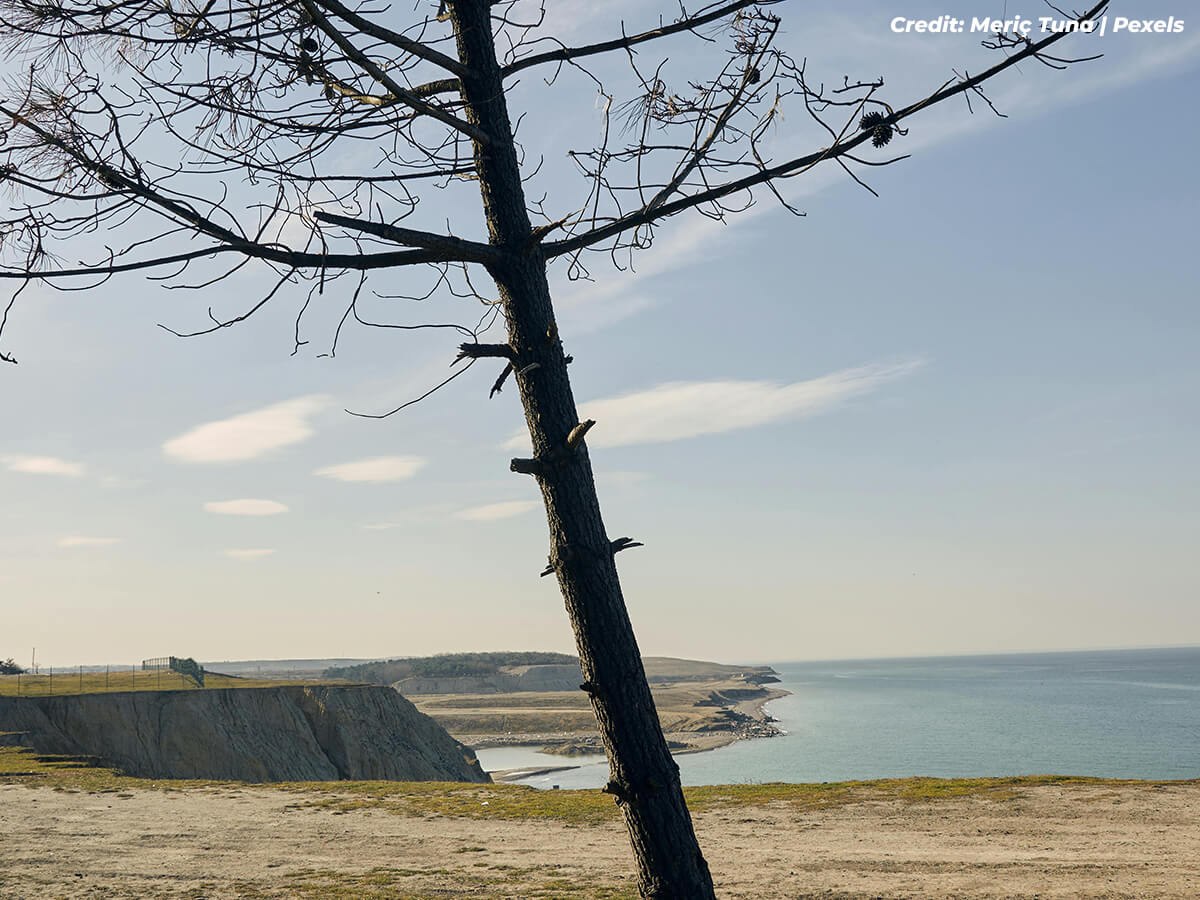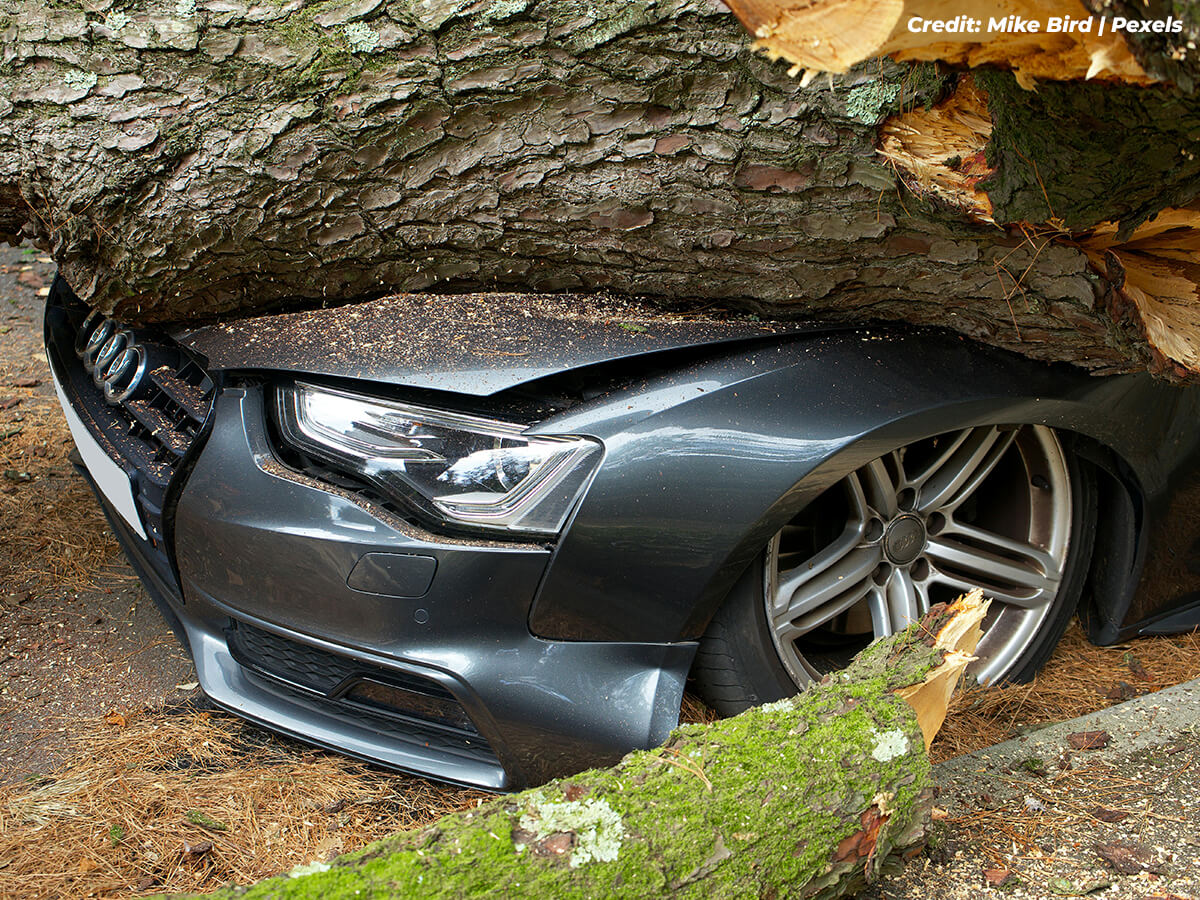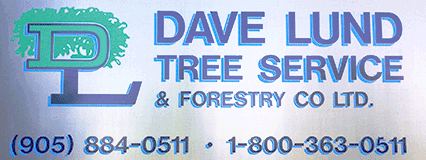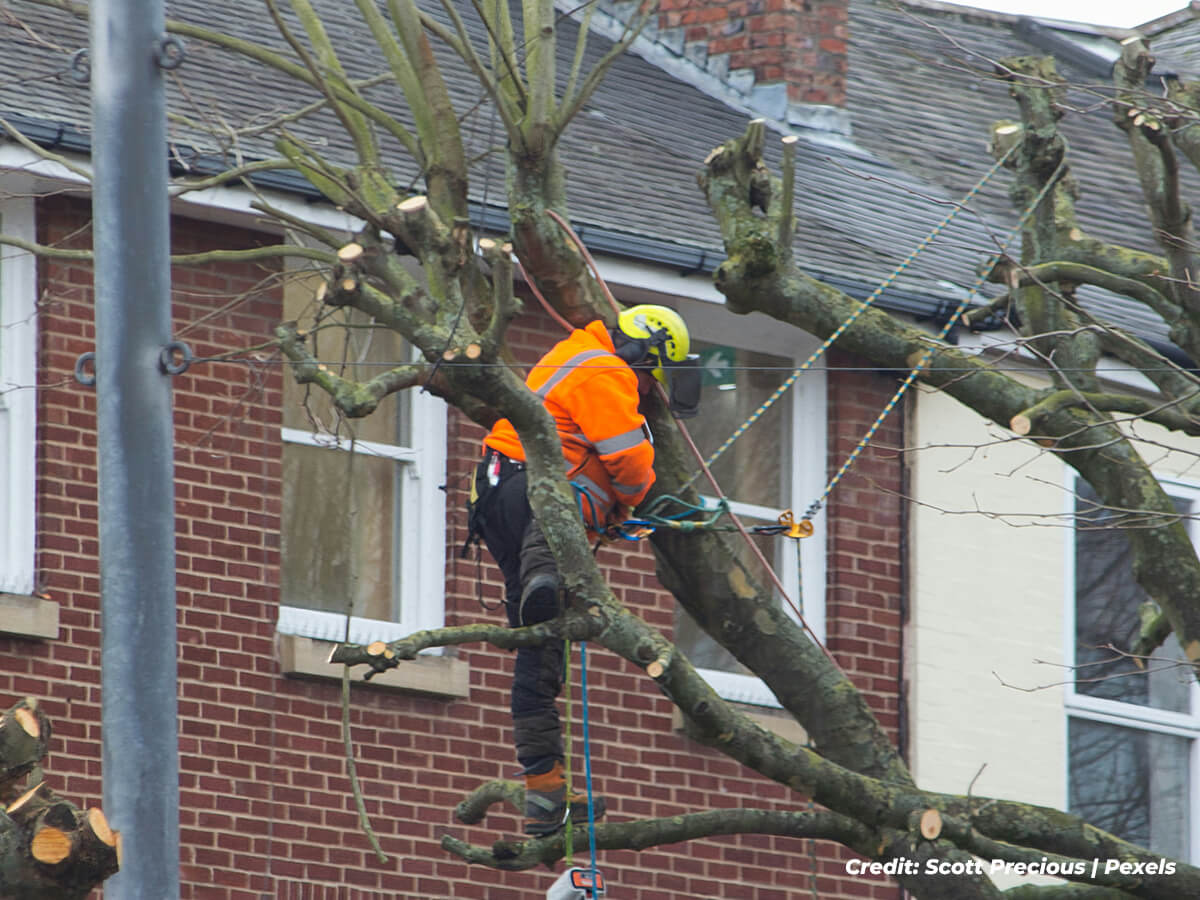Trees are a picturesque addition to any landscape and a great boon to your home’s curb appeal. They bring a host of benefits to the beauty and value of your property by providing shade, improving air quality, and creating a natural habitat for wildlife, all to make your landscape that much more interesting. However, like any living organism, trees are themselves prone to health issues that may require professional attention to address properly. While some minor maintenance tasks are doable on your own, there are clear signs to indicate when your tree’s problems are too big for you and you’ll need an arborist’s professional opinion (and some alternatives to removing the tree if the problem’s advanced enough). If you notice any of the following issues, it may be time to call in a certified professional to assess and care for your tree.
1. Unusual Leaf Discolouration or Loss
A tree’s leaves are a good indicator of its overall health. If you notice premature leaf loss, discolouration, or spots forming outside of seasonal changes, there may be disease, pest infestation, or nutrient deficiencies at the root of the problem (no pun intended). An arborist can recognise the underlying signs of the problem plaguing your tree, diagnosis that issue, and recommend the best course of treatment to restore its health.
2. Dead or Dying Branches
Dead branches are not only an eyesore but also a safety hazard. They’re at risk of breaking off unexpectedly, especially during storms or high winds, and thereby posing a risk to people, buildings, and vehicles. If you see large sections of your tree with brittle, leafless branches, an arborist can give the tree a checkup to assess whether the situation calls for pruning or complete removal. Early action when you detect the problem can go a long way toward preventing harm to your tree or its surroundings later.
3. Visible Fungal Growth
Signs of wear and tear on a tree aren’t your only clue that something’s amiss. The presence of mushrooms or fungal growth at the base of a tree or on its trunk is a common indicator of decay, if not an active contributor. Certain fungal species, like western gall rust, can impact a tree’s defences and make them more susceptible to infection or infestation from other organisms like the mountain pine beetle. Fungi also thrive on decomposing wood, and their appearance often signals internal rot. A professional arborist can examine the tree to see if it’s become structurally compromised from that rot, and recommend appropriate action.
4. Cracks or Splits in the Trunk
Cracks, splits, or cavities in a tree’s trunk are always indicators of severe damage to its structure, all of which can make it more prone to breaking. However, it can be difficult for a layman to establish whether the cracks are superficial or if they reach deep enough to impact stability. An arborist can make that evaluation concerning how bad the damage is, including whether the tree is recoverable or if removal is the safest option.

5. Excessive Leaning
If your tree suddenly starts leaning or tilts more than usual, the cause may be root damage or weakening of its structural integrity. A gradual lean over time may not be an immediate concern, but a sudden shift can indicate instability. An arborist can determine if corrective measures, such as bracing or cabling, are required to prevent the tree from falling.
6. Pest Infestations
Boring insects, beetles, and other pests can weaken a tree by feeding on its bark and wood, compromising its structural integrity in the process. To give you some idea of what to look for, some common signs of infestation include holes in the trunk, sawdust-like residue at the base, or weakened branches. Left untreated, infestations can spread and lead to tree decline. An arborist can take a look at a tree exhibiting such signs and implement treatment options to protect and preserve the tree’s health.
7. Root Damage or Decay
Roots play a crucial role in anchoring and nourishing a tree. If you notice exposed, damaged, or decayed roots, the tree’s stability may be compromised. Construction, soil compaction, or fungal infections are some examples of factors that can contribute to these root problems. An arborist can then evaluate the extent of damage and determine the best approach to maintain tree health and safety.
8. Bark Peeling or Missing Sections
Bark is to a tree what skin is to a person; like your skin, it protects a tree from external threats and acts as a barrier against disease. However, if large sections of bark are peeling, missing, or have deep wounds, it may indicate underlying health issues. In some cases, trees can recover, but professional intervention may be necessary to prevent further decline.
9. Sparse Canopy or Unusual Growth Patterns
A healthy tree should have a full, balanced canopy. If you notice thinning foliage, uneven growth, or sudden dieback in parts of the tree, it may be struggling with issues such as environmental stress, disease, or inadequate nutrients. An arborist can identify the cause and provide solutions to promote healthy growth.

10. Storm or Weather Damage
Strong winds, heavy snow, and ice accumulation can cause significant damage to trees, as residents of Kingston might relate. Just a few days ago, a severe freezing rain storm hit Kingston, Ontario, leaving broken branches and falling ice severe hazards in the storm’s aftermath. Any broken limbs, split trunks, or uprooted trees are all clear signs that expert intervention is needed. An arborist can (safely) assess the extent of damage and conclude whether a tree can be salvaged or if removal is necessary for safety reasons.
When to Call an Arborist
If you observe any of these signs in your trees, it’s best to consult an arborist as soon as possible. Early intervention can help prevent further damage, prolong the life of your tree, and reduce the risk of hazards. Certified arborists have the knowledge, tools, and expertise to diagnose tree health issues and provide appropriate care, ensuring the safety and longevity of your landscape.
Taking proactive steps to maintain tree health not only preserves your home’s natural beauty but also enhances safety for everyone around. If you’re unsure about your tree’s condition, don’t hesitate to seek professional advice. With the right care, your tree can be a valuable asset that boosts your curb appeal and your enjoyment of your home for years to come.
When you need a reliable arborist to give your cares the care they deserve, look no further than Dave Lund Tree Service. We have a wealth of experience tackling tree problems, and we offer a wide range of solutions including cabling, pruning, and removal services. Give us a call now at (905) 775-1020 and give your tree some TLC.

